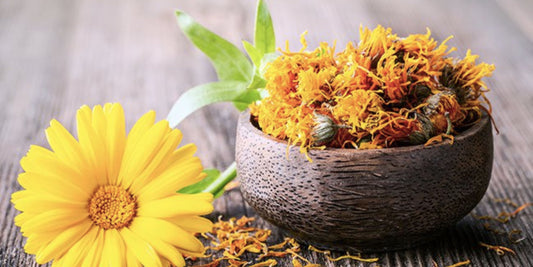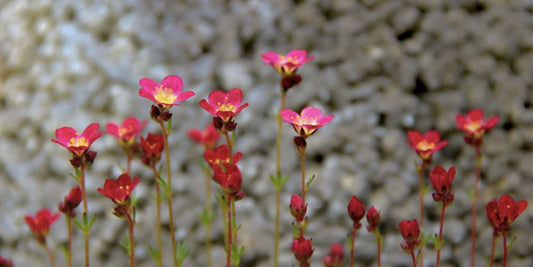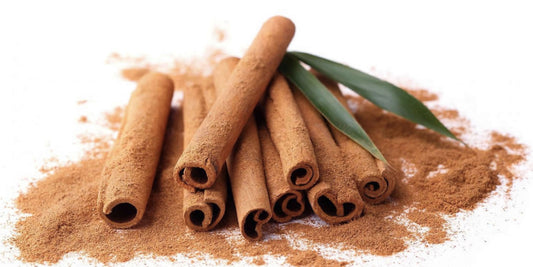Chamomile Recutita (Matricaria)
Biological Name: Matricaria recutita.
The flowers of chamomile provide 1-2% volatile oils containing alpha-bisabolol, alpha-bisabolol oxides A & B, and matricin (usually converted to chamazulene).
Other active constituents include the bioflavonoids apigenin, luteolin, and quercetin.
These active ingredients contribute to chamomile's anti-inflammatory, antispasmodic, and smooth muscle-relaxing effects. Chamomile, a member of the daisy family, is native to Europe and western Asia. German chamomile is the most commonly used. It grows freely everywhere



